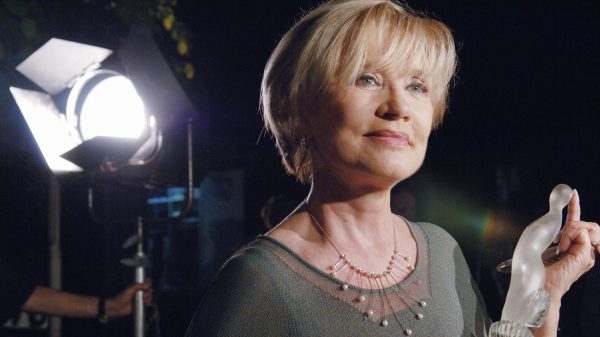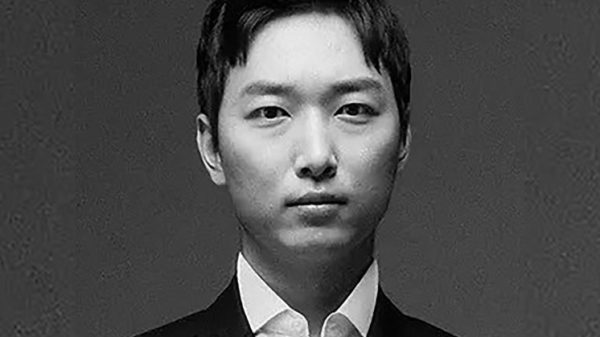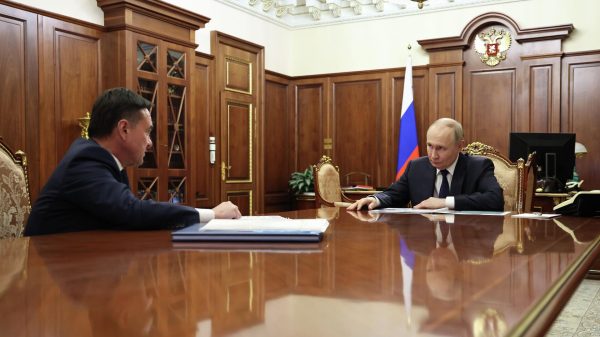Scientists are trying to reverse the course of centuries
A new experiment by researchers from the Technical University of Darmstadt in Germany and Roskilde University in Denmark shows how the passage of time can change in some materials. This is the first evidence of time reversibility in certain materials. Thus, the study challenges traditional ideas about time as a unidirectional flow.
 Photo: freepik. com
Photo: freepik. com
A groundbreaking study led by physicists at the Technical University of Darmstadt in Germany challenges fundamental ideas about time and the aging of materials. This experiment provides the first physical evidence of time reversibility in some materials, particularly glass and plastics, and has important implications for understanding the aging process of materials and has the potential to have wider applications in physics and materials science. The study was published in the journal Nature Physics.
The traditional understanding of time as a unidirectional flow is based on the second law of thermodynamics, which states that disorder tends to increase with the passage of time. This creates the feeling of the “arrow of time” moving forward. However, the researchers' experiment challenges this notion by demonstrating that the aging process in some materials can be reversed.
“This was a huge experimental challenge,” says physicist Till Böhmer.
Researchers have used ultra-sensitive equipment to monitor tiny molecular vibrations within materials, leading to the discovery of the internal clock that controls the aging process. The team used a video camera to record the scattered laser light. They also discovered that under certain conditions, the ticking of this internal clock can be reversed, much like a broken vase being put back together.
Physicists describe the index of aging as material time. Glass ages slowly, and this cannot be detected by simply observing it closely.
“However, this does not mean that the aging of materials can be reversed,” says Boehmer.
The conclusions of this study achieve a fundamental understanding of the laws of nature and time. The research challenges the traditional perception of time as a one-way street, shedding light on the reversible nature of aging of materials and the existence of an internal clock that controls this process.























































Свежие комментарии